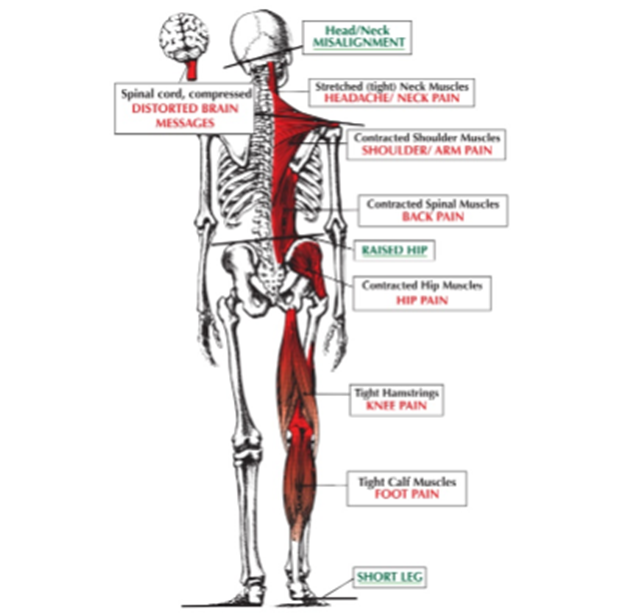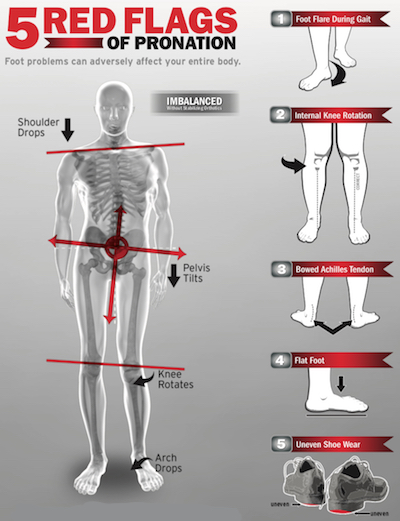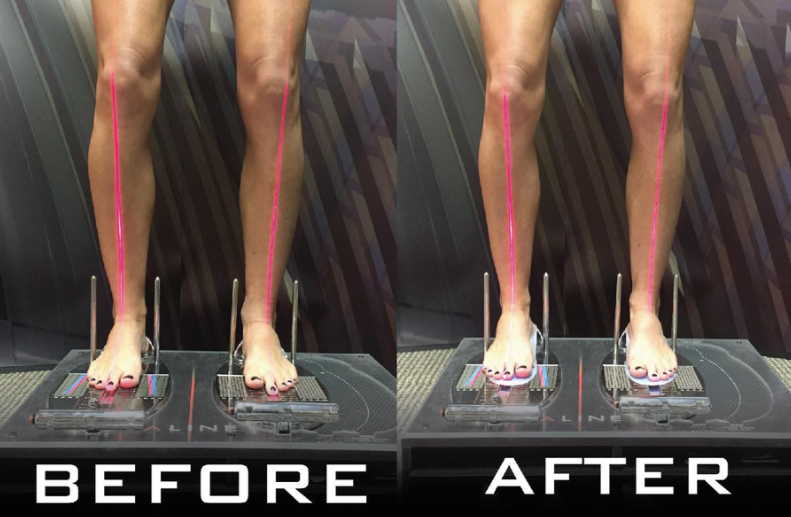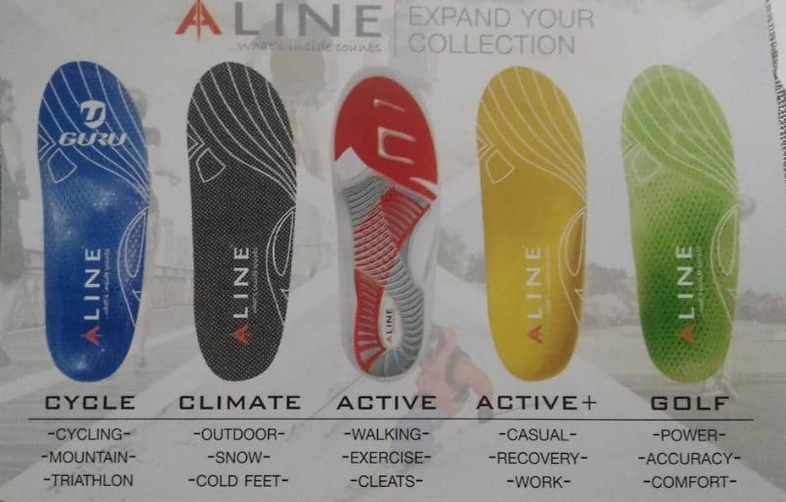Can you improve your posture through your feet? Yes! Let’s talk about how…
Poor posture can definitely make you sore and feel a lot older than your chronological age by causing sore muscles, headaches, neck pain, lower back pain, and many other issues.
If you have been part of the HealthWorks Family Chiropractic for even just a short time, you know that posture is largely controlled by the upper cervical region in your neck. This region of the spine surrounds the brainstem which not only controls heart and respiratory function but all your postural muscles as well. We call it the “master breaker” for a reason!
What are the symptoms of degenerative changes in the spine?
Let’s first look at some symptoms and long-term consequences of poor posture:
Poor posture, which leads to spinal degeneration, develops very slowly over a period of many years. Unfortunately, in the early stages of spinal degeneration, symptoms are very mild and infrequent, which means that many individuals are developing spinal degeneration without any clear indication that their spine is degenerating.
The symptoms of degeneration occur in several stages depending on the severity of its progression. In the early stages, symptoms include:
- Spinal stiffness that improves with activity
- Decreased mobility of the spine
- Intermittent sharp pain
In the more advanced stages of cervical spondylosis, symptoms include:
- Significant decrease in spinal range of motion
- Swelling around the joints of the spine
- Pain that is worse in the morning
- Pinched nerves (numbness/tingling in arms, hands)
- “Grating” sensation when moving the neck or spine.
It is important to remember that symptoms alone are a poor indicator of how spinal degeneration is progressing as some may not have any symptoms at all!
“Degenerative changes of the cervical spine are commonly accompanied by a reduction or loss of the segmental or global lordosis and are often considered to be a cause of neck pain. Nonetheless, such changes may also remain clinically silent.” The opening sentences of a study called The Association Between Cervical Spine Curvature and Neck Pain from the May 2007 issue of The European Spine Journal.
What causes severe spinal degeneration?
How does this process start in the average person? Typically, there’s a physical trauma that starts the process. This may be a whiplash injury, car accident, poor posture, or a jarring force to the neck and spine. This jarring force will cause the alignment of the spine to be compromised. Without proper alignment, the spine cannot move properly, and abnormal stress begins to build. Upper cervical misalignment is a common underlying cause of spinal degeneration. This occurs when the alignment of the upper spine becomes compromised, shifting the weight of the head away from its center of gravity. As the weight of the head weighs down on the neck and spine, spinal degeneration will slowly begin to develop. https://pubmed.ncbi.nlm.nih.gov/11562150/
The most common causes of spinal degeneration in adults include:
- Car accidents
- Sports injuries
- Slips and falls.
- Poor posture/ergonomics (forward head posture)
- Weak neck muscles
- Spinal misalignment
Even though these are the most common causes that lead to spinal degeneration in adults, remember, these injuries to the spine typically occur early in life as well. If they aren’t addressed at the time of the injury, it leads to the imbalance that causes the degenerative process to begin. Looking at that list above, I had my fair share of almost everything on that list BEFORE the age of 18 and they don’t even list my very first injury AT BIRTH!
It was Dr. Rene Calliet’s 1987 book Rejuvenation Strategy that stated, “Most attempts to correct posture are directed toward the spine, shoulders, and pelvis. All are important, but, the head position takes precedence over all others. The body follows the head. Therefore, the entire body is best aligned by first restoring proper functional alignment to the head“. Dr. Calliet was the Director of Physical
Medicine and Rehabilitation at USC’s School of Medicine at the time he wrote this. Think of the spine as a train with the upper cervical spine (C1/C2, atlas/axis) as the engineer to the entire train. Then the neck is the engine and the low back/pelvis is the caboose! What happens when the engineer takes the train off the track? Right! The ENTIRE train goes off the track. If just the atlas (C1) is out of alignment, this is what happens to your ENTIRE SPINE!
But Dr. Calliet didn’t say that the feet and pelvis aren’t part of the problem! Neurologically these muscles are controlled at the brainstem, but if you’ve had a long-term upper cervical misalignment, the collateral damage could reach all the way down to your feet!
What do you need to know about foot pain?
A house built on a solid, well-planned foundation, will create a great base for the rest of the structure, and the same goes for our bodies. If you have hip joint pain, and stiffness in the lower back and, or, upper back, those symptoms can be due to stiff muscles and tension but did you ever think to look down to see if your problem starts beyond the site of the pain?
Many people may not have pain in their feet, but that could be the source of their problems further up the spinal chain. Many studies over the years state that 80 percent of people have foot dysfunctions, whether they feel any effects or not from it, and 80 percent also experience lower back pain at some point in their lives.
Many chiropractors and experts believe those identical stats are not a coincidence. Proper foot alignment can cause a multitude of problems including back pain, sciatica, hip joint pain, sway back, posture problems, tightness in the legs and back, disc bulges, knee pain, osteoarthritis, pelvic imbalance, piriformis syndrome, and even headaches. These do not include problems that can occur with the actual feet themselves.
How do you correct posture from the feet up?
Your feet are very important. They’re the base for many poses, specifically standing poses. Our feet connect us to the earth. The feet have 26 bones, over 30 joints, and over 100 muscles, tendons, and ligaments! Super complicated structures! They’re also divided into three parts: the hind foot, which includes the ankle bone and heel bone; the midfoot, a group of 5 irregular bones in the arch of the foot; and the forefoot, the metatarsals, and the toes. Our feet also move in many ways:
- Plantar flexion of the ankle occurs when you stand on your tiptoes. If you’re sitting with your legs out in front of you, plantar flexion of the ankle happens when you point your toes.
- Dorsiflexion occurs when you stand on your heels with the balls of your feet lifted off the floor. If you’re sitting, dorsiflexion happens when you push your heels away from you and pull your toes toward you, in a seated forward bend pose for example.
- Supination takes place when you stand with your weight rolled onto the outer edges of your feet, lifting the arches and the base of the big toe. Non-weight-bearing supination happens when you sit with your legs out in front of you and turn the soles of the feet so they start to face each other, like in a wide-angle pose.
- Pronation occurs when you lift the outer edges of your feet as you stand, collapsing your arches. In sitting postures, pronation occurs when you press out through your inner heels and the bases of your big toes.
How do our feet affect posture?
Equal distribution of weight in our feet gives our bodies optimal postural alignment along with having optimal nervous system flow at the atlas region, both are very important. Proper weight-bearing of our feet translates to great standing postures where your feet have to be engaged.
What can happen with uneven distribution as you walk:
According to a 2009 study done by the American Podiatric Medical Association, the average person walks 8,000 to 10,000 steps per day. That’s a lot of movement of the many bones, muscles, and joints of our feet and ankles. All this walking can be especially hard on your body and spine if there are altered mechanics of your feet, legs, and pelvis.
If your feet start to collapse and ankles roll in—there’s a good chance they are not properly supporting your body. Just like a house on a bad foundation, your whole body has to chronically compensate. Your knees can rotate inward, your back can over arch, and your shoulders can roll forward—just what we would
think bad posture would look like! Bad posture, over time, can even cause physical damage to your muscles, ligaments, and joints. Why do you think that knees and hips wear out so often in our golden years?
HealthWorks Family Chiropractic has a solution to help you solve this problem!
First, we need to check to see if this is even a problem for you at all. During the entire month of March, we are going to be celebrating ARCH MADNESS! We will be specifically checking each and every practice member to see if their “foundation” is sound.
If we find that you need A-Line Orthotics, we will recommend the perfect size and type. Here are some examples of what we may suggest:
For the month of March, we are offering a significant discount on A-Lines! Normally they are $99, but we are discounting them to $75! Now many orthotics can run upwards of $500 or more, so even without the discount they are a steal!
Our promise to you
HealthWorks Family Chiropractic is dedicated to a comprehensive and specific approach to taking care of spinal and nervous system needs. Let us help you look at every aspect of your spinal health—and that includes your feet!



